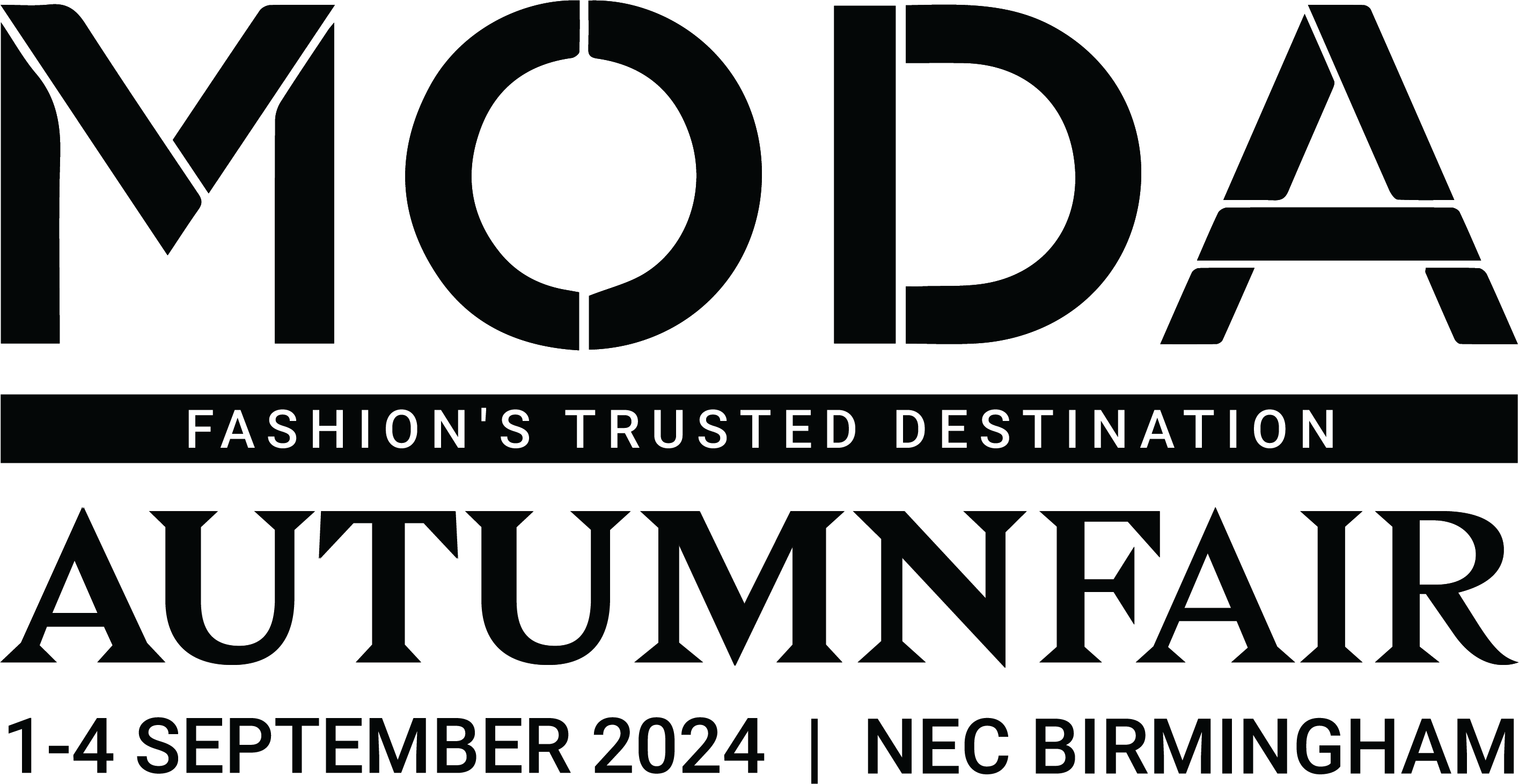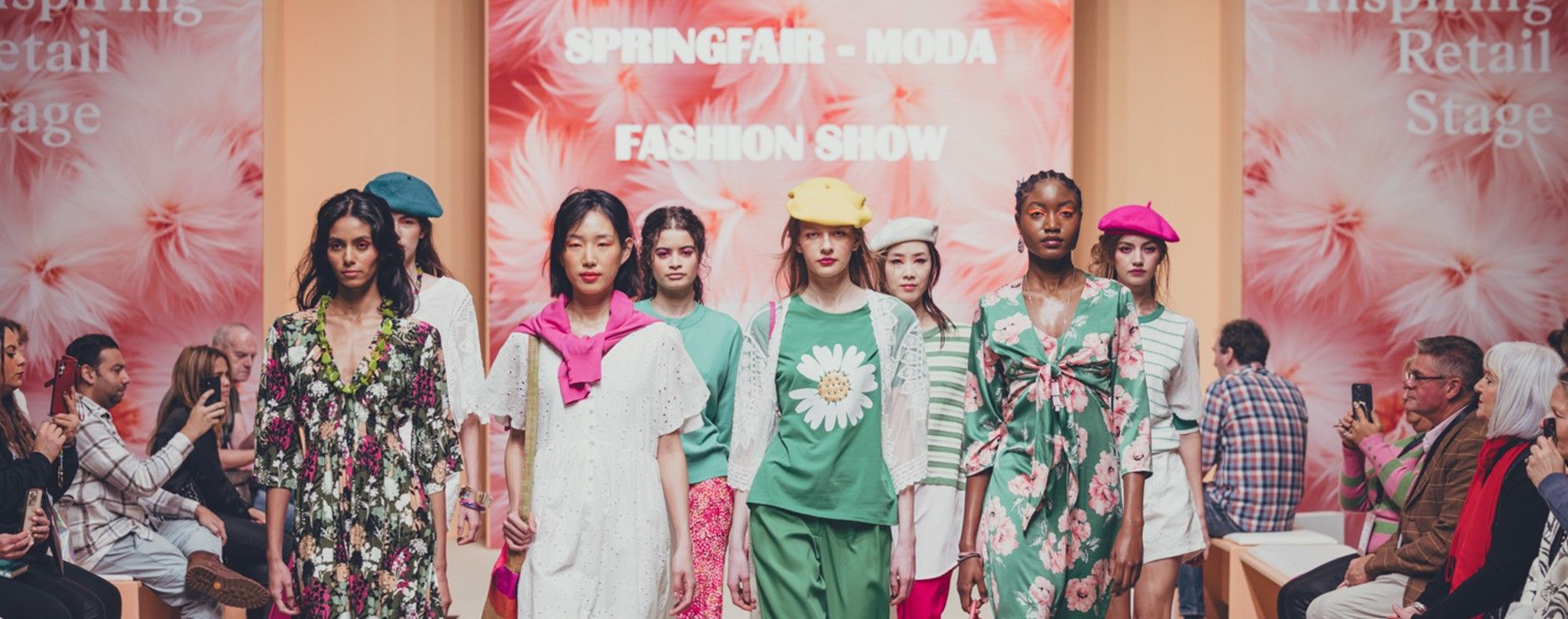Independent retail: thriving post-crisis
)
Throughout the lockdown, many of the nation’s independent retailers have not only survived but thrived. To kick off our Fashion Together content programme, Kirsty McGregor, editor at Drapers, sat down with Lisa Aynsley, owner of Hotspur 1364 in Northumberland, Sarah Murray, owner of Jane Davidson in Edinburgh and Azeem Ansari, co-founder of Oxford-based Burrows and Hare, to discuss the ways in which the lockdown has shaped a new normal for their businesses.
Overcoming the shock
The Covid-19 pandemic turned the world, and businesses, upside down overnight. However, for Hotspur 1364, the business took a hit before the UK’s lockdown. With many of their suppliers based in China, the pandemic affected business for Hotspur 1364 as early as January, but Lisa admitted that her concern then was around keeping stock levels up and not around having to lockdown the business entirely.For Sarah, it was a trip to Paris Fashion Week in March that started to spark concern. She told the panel that everything felt very odd, and with many buyers flying in from Milan, where Covid-19 was already more serious, it all started to feel a bit closer to home. For Sarah and the Jane Davidson team, everything happened very quickly from mid-March onwards.
The power of online
Each of our panellists noted the importance of online retail and social media for their lockdown success and have embraced this new way of selling as a more permanent part of their mix. Hotspur 1364 saw a massive 900% uplift in online sales, doubling their 2019 online sales in just 11 weeks.For Jane Davidson, the story is similar with a shift from an 80:20 instore to online ratio to a more even split since reopening. Sarah, who also works with online retailer Atterley.com, told us that the site experienced a 220% uplift during the lockdown.
For Burrows and Hare, the experience has been a bumpy one. Azeem told the panel that in the weeks leading up to the lockdown, sales petered out completely, before spiking during the lockdown itself. And, like Jane Davidson, whilst online sales are down again since reopening, they’re still present.
Flipping it on its head, Covid-19 has also necessitated online development for all of these businesses. In fact, Sarah told the panel, “Covid has catapulted my business ahead 5 years in terms of the online shop, social media selling and marketing, and I’m pleased that it’s really helped us to swim, not sink”.
Connections and collaborations
Social media lends itself to facilitating connections with customers, suppliers and other businesses alike. Changing tack, from selling to simply communicating, was crucial for our panellists’ success.For Lisa and the Hotspur 1364 team, the key was in creating lifestyle content that customers could really engage with. From collaborating with local chefs and gyms to provide social media tutorials to getting Lisa herself in front of the camera, customers appreciated the authenticity and relatability that their content provided.
Similarly, the Jane Davidson approach was all about providing some useful and fun content for audiences to get on board with. Sarah was determined to keep her customers’ online experience as similar to that of the instore experience as possible. This meant video styling sessions and how to’s, as well as styling tips on order confirmations to help customers make the most out of their new pieces. Sarah told the panel, “I felt strongly that people would remember the businesses that they connected with during lockdown. Even now, people say ‘I loved your content during lockdown’; it was really important to them.”
In fact, online and social media selling is now the most important channel for Jane Davidson; “online sales used to be the icing on the cake and now they’re my bread and butter.”
As moderator Kirsty put it, “during the lockdown, it was about going back to the basics with marketing. It was all about showing what your values are and letting people see you.”
The spirit of collaboration hasn’t dwindled since shops reopened though. For Azeem, the focus has been on driving footfall by rekindling those instore experiences that make shopping at Burrows and Hare so memorable for customers. Their latest collaboration was with a local coffee roaster who offered fresh coffee on the shop floor for customers; a simple, yet effective collaboration. Azeem said, “footfall still is not as good as it used to be, so we have to work a little harder. That’s why we’re trying to work a lot with other local brands and businesses; if it helps us, it helps them and vice versa.”
Equally, for Lisa and the Hotspur 1364 team staying connected with local businesses and local authorities has been crucial both since reopening and during the lockdown. Lisa told the panel, “we started a local business group chat in March when customers disappeared. It started with support for each other on social media and online and transformed into sharing information and that’s kept going”.
She continued, saying that local retailers must get involved with their town council meetings as this is where you’ll be able to ask your questions and is often the only place you’ll hear about any grants or other funding schemes.
Bridging the gap between brands and buyers
A big part of this collaborative effort has been a shift in the working relationships between our retailer panel and the brands they stock.All of our panellists agreed that it is the brands that were flexible and understanding that they will be stocking again in the future. After noticing that a lot of her stockists started discounting stock after her orders had been fulfilled, Sarah spent a lot of time negotiating to lower her own order costs, something that most of her suppliers were willing to do.
Azeem added, “I think brands understand the situation and they are willing to help in general and do the best they can”.
Interestingly, it seems to have been the larger brands who are most enthusiastic to support indies and local shops. For Lisa, brands like GANT cite the small-town indies as their best stockists with shops in bigger cities and busier areas continue to struggle. On the other end of the spectrum, other brands have been unwilling to supply retailers like our panellists at all through fears that they will not pay their bills.
A strong theme to come out of the discussion surrounding brand relationships was extra resource and support. In the absence of trade shows and showroom visits, retailers are naturally reluctant to stock new brands or products without seeing the fit and feeling the fabrics. For both Lisa and Sarah, brands must acknowledge that buying at the moment incur bigger risks for retailers.
As Sarah says, “I’m keeping a bit of my SS21 budget back to buy in season. Summer’s always a difficult season for us in Scotland. I wouldn’t be averse to new brands but at the moment I am concerned that I can’t see the fit and fabric… some brands have sent me samples and that’s been really helpful”.
Lisa has had the same experience with brands going the extra mile and told our panel, “I’ve found that brands have been appreciative of loyalty and have been willing to give a bit more back this season than they have before.”
Lockdown or not, though, there are a few basic things these retailers want to see from the brands they buy from. For Sarah, it’s questions such as: who else stocks the brand near me; can I easily upload the product to the website; how and where products are produced; what’s the brand marketing strategy; and, is there a stock facility nearby that can replenish orders quickly?
Continuing on from this, Lisa also told us, “I expect to be able to use [brands’] imagery... They need to understand it’s just me and I haven’t got budget or resource to set up a photography facility and take my own pictures. [During this period] brands are more forthcoming where I’ve done a risky buy; they’ve been helpful when it comes to swapping out stock for pieces that we know will work and this is the first time these conversations have been driven by the brand side as well.”
In short, the successful relationships between brands and retailers are the ones that have been, and continue to be, flexible on both sides.
Where is trade now?
Lisa summed it up nicely when she said, “you can tell that customers are really trying hard to support us. Respect for the high street is going through the roof in lockdown; I think people have really realised the value of being able to pop down to the shops and have a chat.”However, whilst the appetite for shopping local is there, it seems there are still concerns about venturing outside and footfall is still relatively low in parts of the country; as Azeem told the panel, “Oxford is definitely not as busy as it normally is, but it really depends on where you’re based. Footfall is down but it’s not as bad as it could be”.
Looking to the future
With Black Friday and the Christmas peak fast approaching, all eyes are on an uncertain future. For all of our panellists, the focus for the Christmas peak is online to mitigate the effects of any second wave or lockdown. Meanwhile, the consensus on Black Friday is that indies simply can’t afford mass sales or promotions in the style of larger retailers.Ending the session on a positive note, Azeem told us, “I think if you’re offering something different and there’s a good customer experience then you’re going to survive” – this is what the industry must now focus on to rebuild retail.
Catch the webinar on demand to hear everything our panel had to say.
If you liked this article you might also like:
- An introduction to the Sustainable Development Goals
- Fashion Together meets Kirsty McGregor
- Fashion Together meets Geraldine Wharry






